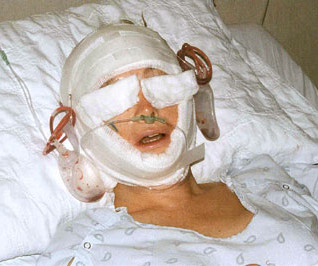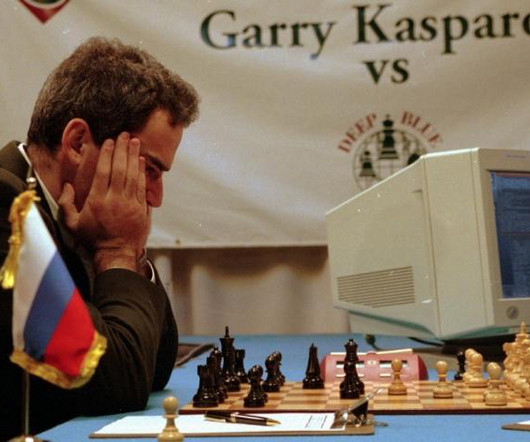CAPTAIN OF THE SHIP IN THE OPERATING ROOM
The Anesthesia Consultant
JUNE 6, 2025
The operating room team today consists of multiple professionals working in collaboration, including the surgeon, the scrub tech, the circulating nurse, and the anesthesia MD or CRNA. These members, each competent in his or her own right, work together as a team.















Let's personalize your content